Rapid functional assessment of vernal pools in Southern California
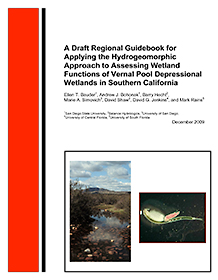 |
Bauder, Ellen T., Andrew J. Bohonak, Barry Hecht, Marie A. Simovich, David Shaw, David G. Jenkins, and Mark Rains. 2009. A Draft Regional Guidebook for Applying the Hydrogeomorphic Approach to Assessing Wetland Functions of Vernal Pool Depressional Wetlands in Southern California. Updated November 8, 2011. San Diego State University, San Diego, CA.
Supported by a wetlands protection state development grant from the U. S. Environmental Protection Agency, Region IX, San Francisco, CA |
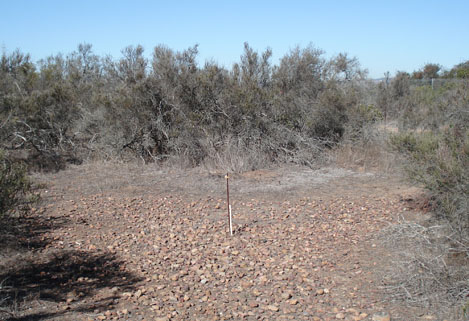
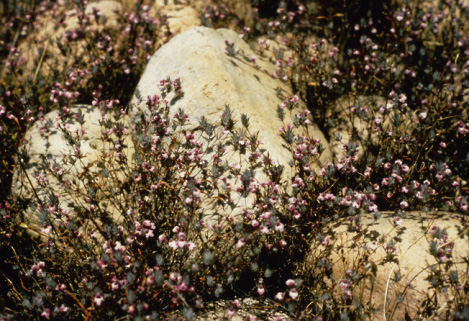
We have developed a draft regional guidebook to assess the functions of depressional, rainfed, temporarily and seasonally ponded herbaceous wetlands in California south of the Transverse Ranges, and from the Peninsular Ranges west to the Pacific Ocean. These pools are commonly called vernal pools in recognition of the seasonality of the habitat and the springtime floral display. Vernal pools are found throughout California in many geographic settings, and they support a diverse and locally adapted flora and fauna. The ecosystem is known for endemism and abundant speciation within many plant and animal genera.
Vernal pools were once a common feature in southern California, and they used to dominate San Diego’s coastal mesas. The losses to development have been extensive, although a firm number or percentage is hard to determine. It is generally agreed that over 95% of the original number of pools has been lost in this region, that pools continue to be lost, and that those remaining are (with only a few exceptions) contained within small parcels that are often not adequately preserved, protected and/or managed. As with other parts of California, the pools in southern California were subject to grazing, often intensive, after the Spanish introduced cattle and sheep in the late 1700’s. By the mid-20th century, the aridity of the climate coupled with accelerating development led to a decrease in grazing, and grazing is at present a minor disturbance in southern California. Today, the major habitat alterations are direct losses due to development; reduction, fragmentation and disturbance of surrounding landscapes; changes in catchment areas (augmentation and truncation) and drainage patterns; grading and brushing; fires; and disturbance of basins by vehicles, dumping and various edge effects, including the introduction of exotic plants and animals.
Our guidebook for assessing vernal pools follows the Hydrogeomorphic (HGM) approach developed by the US Army Corps of Engineers. The HGM approach consists of a collection of concepts and methods for developing functional indices, and subsequently using them to assess a wetland’s capacity to perform functions relative to similar wetlands in the region. The approach was initially designed to be used in the context of the Clean Water Act Section 404 Regulatory Program permit review sequence to consider alternatives, minimize impacts, assess unavoidable project impacts, determine mitigation requirements and monitor the success of mitigation projects. However, a variety of other potential applications for the approach have been identified, including comparison of wetland management alternatives or results, identification of priorities for acquisition or set asides, development of design criteria for wetland mitigation or restoration projects, evaluation of the restoration potential of a wetland, and management and monitoring of completed restoration projects. Development of this regional guidebook was overseen by the US Environmental Protection Agency, Region IX. The guidebook follows the format outlined in the National Action Plan - NAP (Federal Register, 1997, p. 33612) and is explained in various publications of the US Army Corps of Engineers.
This HGM guidebook is based on reference data collected between 2000 and 2007 at a total of 73 reference sites. The data collection periods included a winter with average precipitation, two winters with abnormally low precipitation and one summer following a rainfall year with average precipitation. It includes detailed protocols for assessing vernal pool functions directly (when there has been sufficient precipitation to elicit the responses being assessed) and also using indirect correlates of functionality. By design, indirect data can be taken at any time of the year. However, indirect assessments provide only a partial and incomplete picture of vernal pool wetland functionality. Direct assessments will be necessary when endangered species are likely to be present in the proposed Wetland Assessment Area.
The guidebook is available for download in its entirety, or in parts.
We have reviewed the accuracy of our HGM model in the following publication:
 |
Bohonak, A. J. and E. T. Bauder. 2011. Accuracy of a hydrogeomorphic guidebook for functional assessment of vernal pools in Southern California. Pages 131-144 in D. Alexander, and R. Schlising, editors. Research and Recovery in Vernal Pool Landscapes. Studies from the Herbarium, Number 16. California State University, Chico. CA.
|

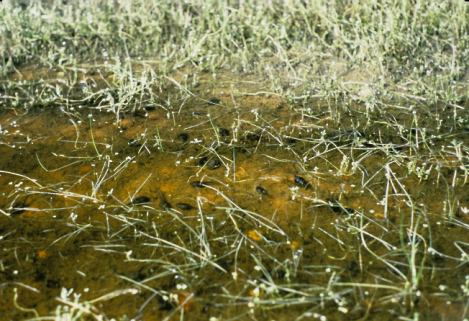
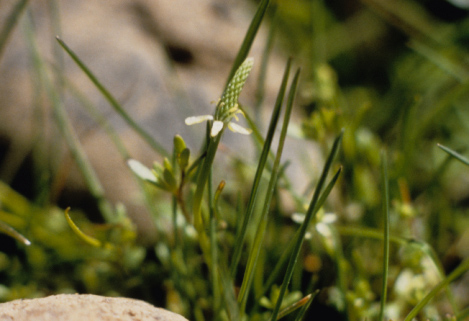
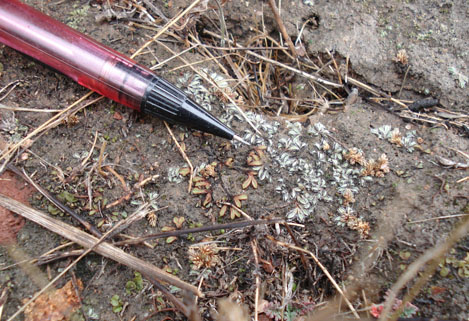
| |
Documents labeled PDF are in Portable Document Format and require Adobe Reader to view and print. Download Adobe Reader free from the Adobe website.
|
|
Home page for Andrew Bohonak






